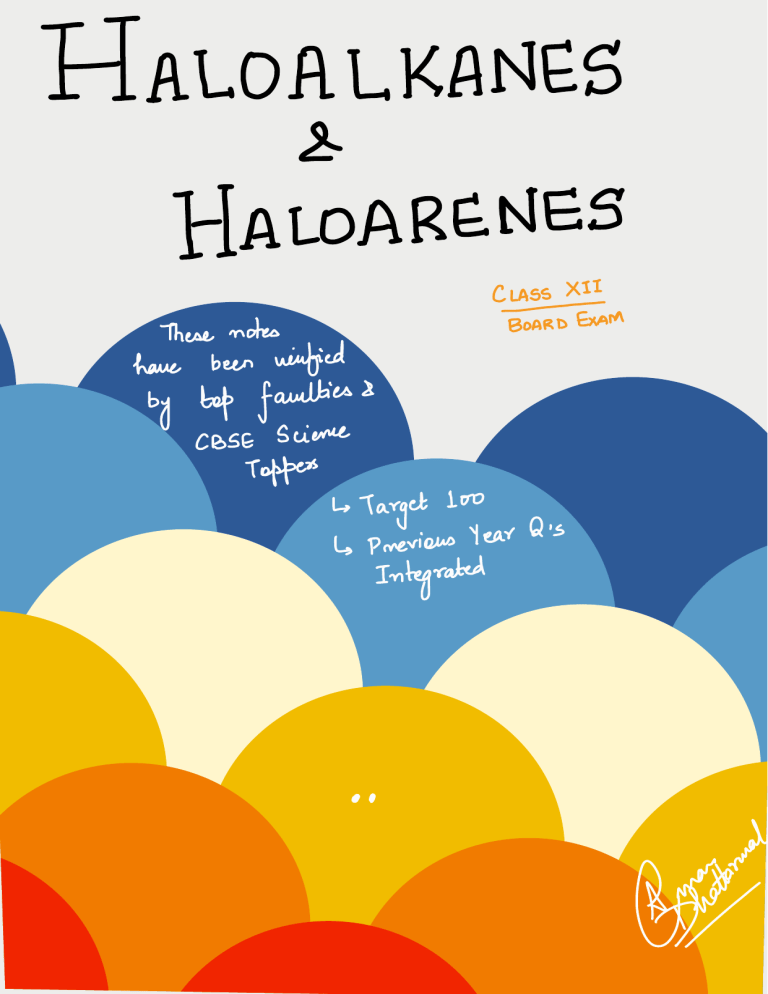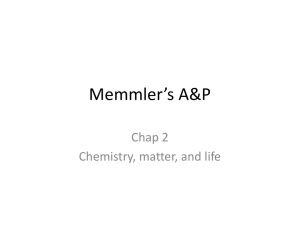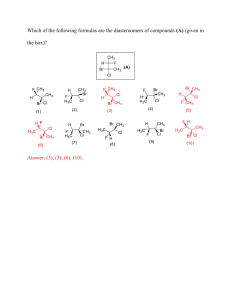
IT # IOA LK # NE'S ' - . & IIA Lo A. BENES ' - - CLASS XII Bo¥ExaM These notes have been uiufied by lap faculties CBSE & Science Toppers ↳ Target too ↳ Previous Year Q 's Integrated • • Graaf Flowchart Metre ← Classification :÷÷::::/f:: → ¥ → seniomendature tedrow ] ¥ µyj:dukaY*manaeoaen ± . - . www.hil csubstitutionf/-sEfesctf thehilmiQ ' - µ → SNIandSN2⑦ .am#naeeim ReaIionwilhmet÷ → *÷¥it re%ionwilhm & g- i . i HE ÷ % - I -0g ' LOOS s - tossed 000 00000 o O gag o - Hak adobe.co#oaoEBogf " maggot .: & . . ' many M M • al T - , limp oof . @Md-hTtFEtTtTtTc.Q ① E. ¥0 Sightseers Segregated f) O T O*.④ CO 0 stem . 0 FANT ETA o ←dBtB€B INA.EE#tEtEEGone:* . O tTkµ •o For oo MFEEot.at . . J% "" " "" o - gabbed 18 & ex µ Hht A BE * 0$ Dome . -②:*Bts③dzg A- . . xp . Bar e Hyogo Toros • # 't ogfoodgsdqt.com sooooo FEoiTF# y.gov#tob • uoaaa.MG#gE 930 ← BEqBsidnggEffgo @ a- -*¥ngf " " i. t ÷oof . J SENESE . :÷ :÷ ÷ ÷ ÷ *÷*÷ ÷ k¥98 :÷÷÷÷÷÷÷ " > .. , a Mr . T at .EE#EooTtTismoheheHeive gateshead µTITIEEESiAgugeE IFAEgpt.TT#fgzeg-d aoaozopg#w:ftm& = y is attaints e E Goody staqqq§ IE Magtf • D. and raping TITI ape iii.T . / " . qowo .a.pe SNZReactionJWMBF.am# Boggy Polyhalogen Compounds Carbon compounds containing more than one halogen atom are usually referred to as polyhalogen compounds. Many of these compounds are useful in industry and agriculture. Dichloro- methane (Methylene chloride) CH2Cl2 Dichloromethane is widely used as a solvent as a paint remover, as a propellant in aerosols, and as a process solvent in the manufacture of drugs. It is also used as a metal cleaning and finishing solvent. Methylene chloride harms the human central nervous system. In humans, direct skin contact with methylene chloride causes intense burning and mild redness of the skin. Direct contact with the eyes can burn the cornea. Trichloro- methane (Chloroform) CHCl 3 Chemically, chloroform is employed as a solvent for fats, alkaloids, iodine and other substances. The major use of chloroform today is in the production of the freon refrigerant R-22. It was once used as a general anaesthetic in surgery but has been replaced by less toxic, safer anaesthetics, such as ether. Chloroform is slowly oxidised by air in the presence of light to an extremely poisonous gas, carbonyl chloride, also known as phosgene. It is therefore stored in closed dark coloured bottles completely filled so that air is kept out. 2CHCl3 + O2 Triiodo- methane (Iodoform) It 2COCl 2 + 2HCl CHI3 It was used earlier as an antiseptic but the antiseptic properties are due to the liberation of free iodine and not due to iodoform itself. Due to its objectionable smell, it has been replaced by other formulations containing iodine. Tetrachloro-methane (Carbon tetrachloride) CCl 4 It is produced in large quantities for use in the manufacture of refrigerants and propellants for aerosol cans. It is also used as feedstock in the synthesis of chlorofluorocarbons and other chemicals. When carbon tetrachloride is released into the air, it rises to the atmosphere and depletes the ozone layer. Depletion of the ozone layer is believed to increase human exposure to ultraviolet rays, leading to increased skin cancer, eye diseases and disorders, and possible disruption of the immune system. Freons The chlorofluorocarbon compounds of methane and ethane are collectively known as freons. They are extremely stable, unreactive, non-toxic, non-corrosive and easily liquefiable gases. Freon 12 (CCl2F2) is one of the most common freons in industrial use. It is manufactured from tetrachloromethane by Swarts reaction. These are usually produced for aerosol propellants, refrigeration and air conditioning purposes. Most freon, even that used in refrigeration, eventually makes its way into the atmosphere where it diffuses unchanged into the stratosphere. In stratosphere, freon is able to initiate radical chain reactions that can upset the natural ozone balance. p,p’-Dichlo- rodiphenyl-trichloro- ethane (DDT) DDT, the first chlorinated organic insecticides, was originally prepared by Paul Muller . Paul Muller was awarded the Nobel Prize in Medicine and Physiology in 1948 for this discovery. The use of DDT increased enormously on a worldwide basis after World War II, primarily because of its effectiveness against the mosquito that spreads malaria and lice that carry typhus.

